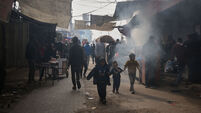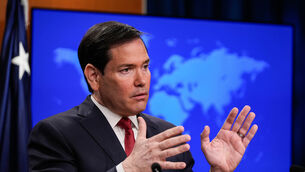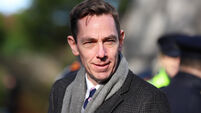Tibet: 'Thirty confirmed deaths' in Chinese crackdown
The main Tibetan exile group said today Chinese authorities have killed at least 30 Tibetan demonstrators and injured many more during protests against Chinese rule in the Tibetan capital.
The Tibetan government in exile, based in the north Indian town of Dharamsala, offered no details in their statement, and only says “there have been 30 confirmed deaths until today, and over 100 unconfirmed deaths”.














